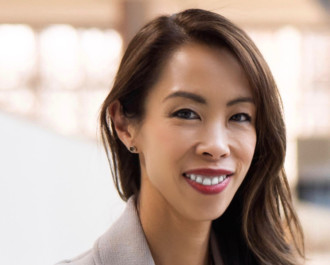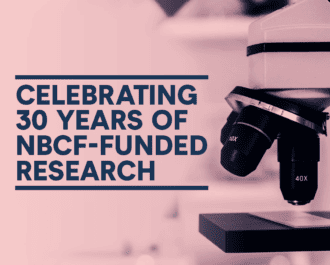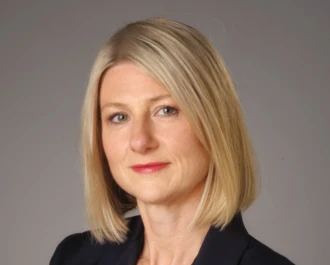 Treat
Treat
Up to one in four women undergoing breast conserving cancer surgery has to undergo a second operation to remove further tissue as small traces of tumour may have been left behind. However, research funded by the National Breast Cancer Foundation is developing new technology that aims to ensure the entire tumour is removed during initial surgery, avoiding further operations.
Surgery is usually the first treatment for breast cancer and it’s vitally important to fully remove all traces of the tumour to ensure it doesn’t grow back, but surgeons don’t yet have the right tools to detect very small cancerous cells during the surgery.
The National Breast Cancer Foundation is funding a team led by biomedical engineer Dr Brendan Kennedy from the University of Western Australia to develop the world’s first 3D printed finger-mounted optical imaging probe – a ‘smart surgical glove’. Prof Christobel Saunders, a leading breast surgeon, and Professor David Sampson, Director of the Optical+Biomedical Engineering Laboratory, also play key roles in implementing this project.
Dr Kennedy explains, “The probe measures tissue stiffness using high resolution imaging to detect microscopic cells that are too small to see, or feel, but can continue to grow if left in the breast.
“Tumours are usually stiffer than surrounding healthy tissue so the super sensitive probe allows surgeons to feel the harder edges of the tumour. The image of what they are touching will be projected to a high resolution screen for better visibility for surgeons removing tumours.”
Dr Kennedy is working with surgeons and pathologists in Perth to test the first generation prototype on tissue taken from mastectomies, and Dr Kennedy believes that by end of 2016 it will be ready for testing during surgery.
Dr Sarah Hosking, CEO, National Breast Cancer Foundation said, “There is more hope for diagnosing and treating breast cancer thanks to new technologies like this. Equipping health professionals with the latest tools will ensure they are able to treat patients with far more accuracy.
“Dr Kennedy’s work is very exciting and is a great example of how fundraising dollars really are saving lives. We look forward to seeing is exciting new technology in us,” says Dr Hosking.
To ensure his team can work more closely with surgeons and pathologists, Dr Kennedy has created a new lab at the Harry Perkins Institute of Medical Research on the Sir Charles Gairdner Hospital campus.
He believes that the philosophy of ‘bench to bedside’ – where research results translate into patient benefits -must circle back to researchers, so the location of his new lab will enable constant two-way feedback from the surgery that will in turn ensure patient outcomes are continuously improving a faster rate.
If you’d like to support breast cancer researchers like Dr Brendan Kennedy, you can donate here.
More News Articles
View all News Treat
Treat

